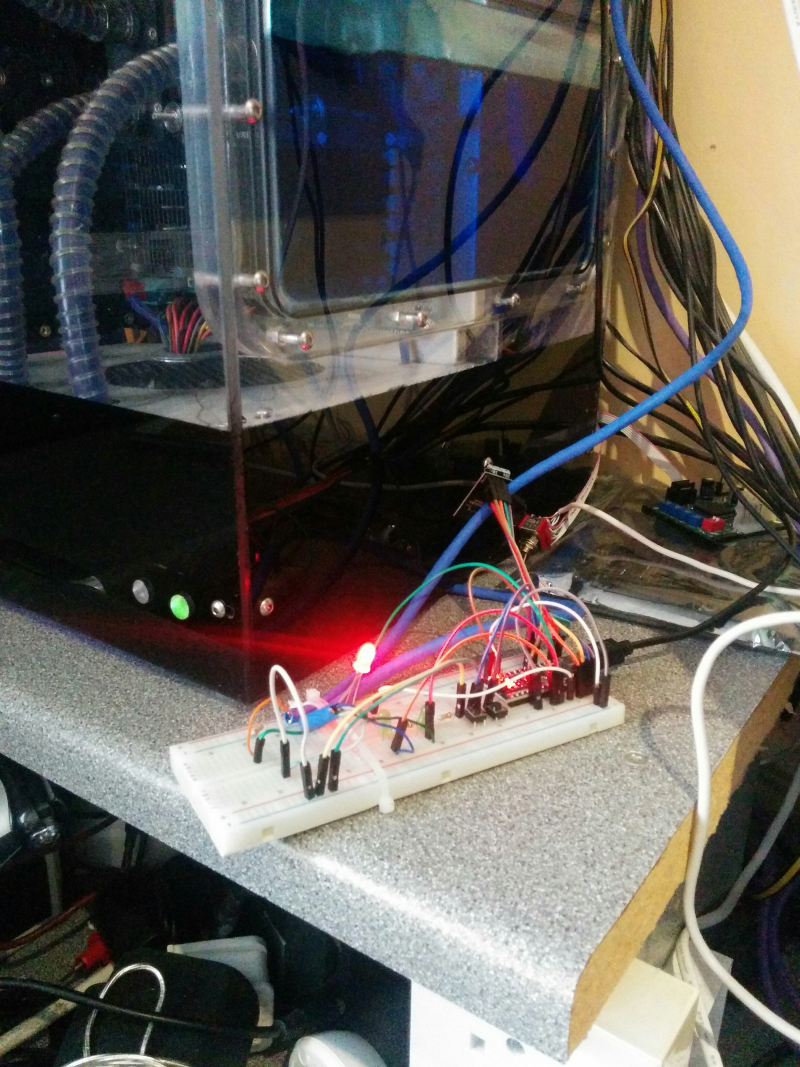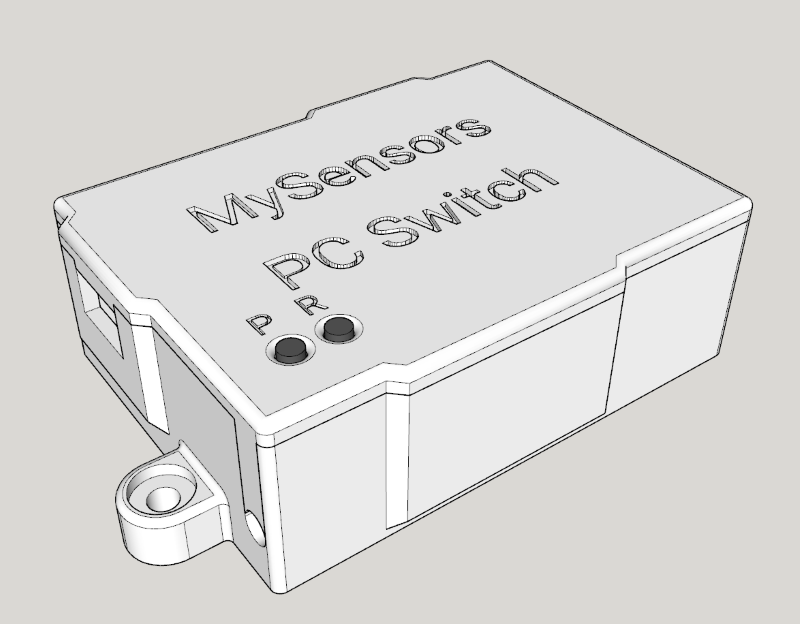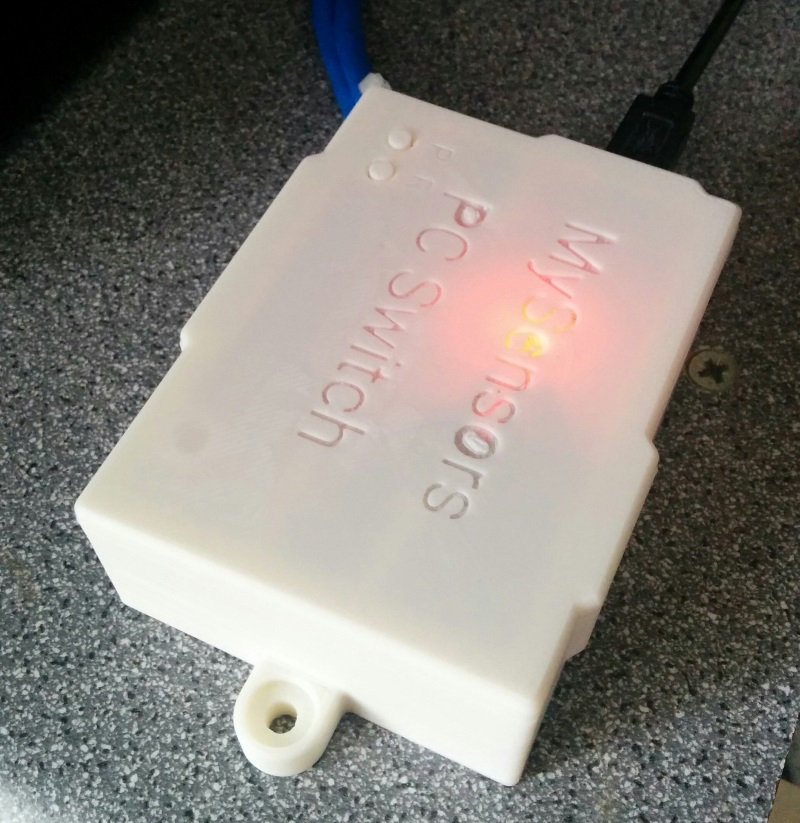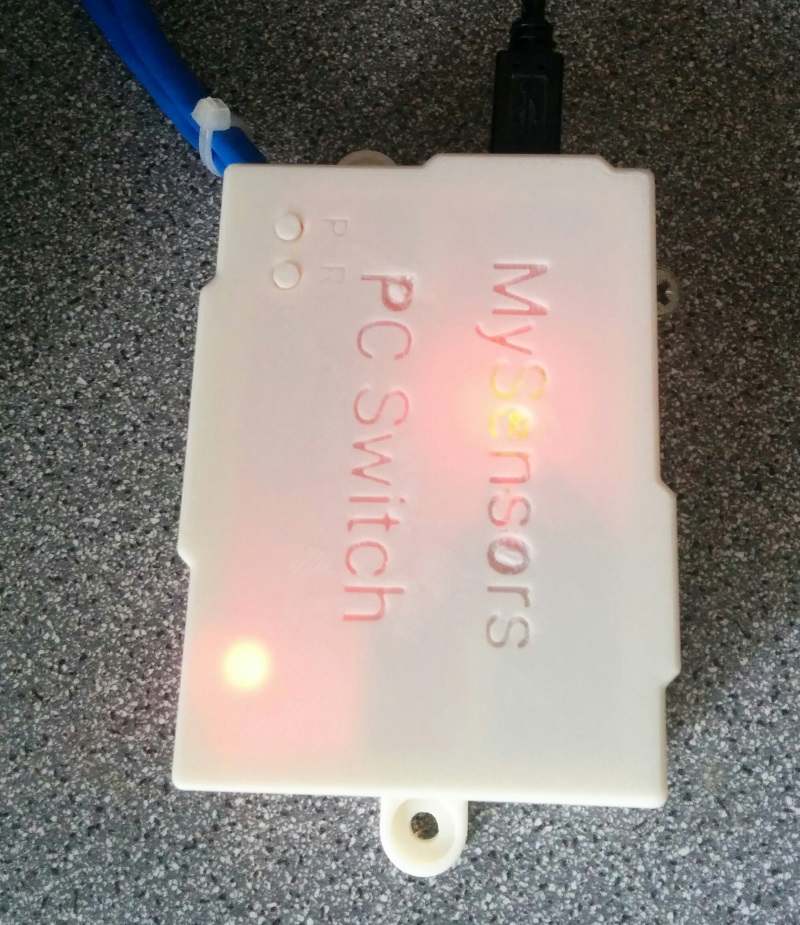PC Power Switch
-
Not wanting to be dick but if i may suggest an alternative,
Try Wake on LAN, as long as you are connect via LAN you can just send a command remotely and it will turn on the PC.
Non the less great project bro.
-
Not wanting to be dick but if i may suggest an alternative,
Try Wake on LAN, as long as you are connect via LAN you can just send a command remotely and it will turn on the PC.
Non the less great project bro.
@Mohsin-Hassan you can only turn on computer like that, not turn it off or reset it which are really important operations if the computer is stuck....
-
No, it will turn off and reset too. The circuit will "press" all the buttons needed.
-
All connected up (temporary, you know, next 2 years) and tested. Except the force shut-down, don't want to put my drive trough that unless it is needed; but I'm running the fast lane Windows 10 so probably sometime this week.
Only changes to circuit I needed was to link the inputs directly to the switches cutting out the test Led's. power switch is 5V but reset was 3.3V but there is no arduino supplied voltage on the inputs so it seems happy enough.

I would say sorry about the mess, BUT I'M NOT :)
-
I have been using imperihome to control my vera, a much nicer interface. and this in my PC Screen. It allows protected operations so I get a confirmation request before pushing a button. And because of the 30 second pc status update from the 5v input, the switches show the state of the PC not the switches.

-
Well, I turned on my PC before I left work today, because I could :)
-
Well, I turned on my PC before I left work today, because I could :)
@stephenmhall said:
Well, I turned on my PC before I left work today, because I could :)
Awsome! I would do that too even though it takes 20 seconds for pc to boot :D
-
Now just add to it something that sense your car (garage door opener?) and turn on your pc! Cool project
-
Finally got it on strip board and a box is printing. I would like to get into cnc machining of 2 sided pcb's but I need some smaller bits and some extra knowledge before I start that.

Here is what the box should look like.


Mod Everything!
-
pictures of the real thing


